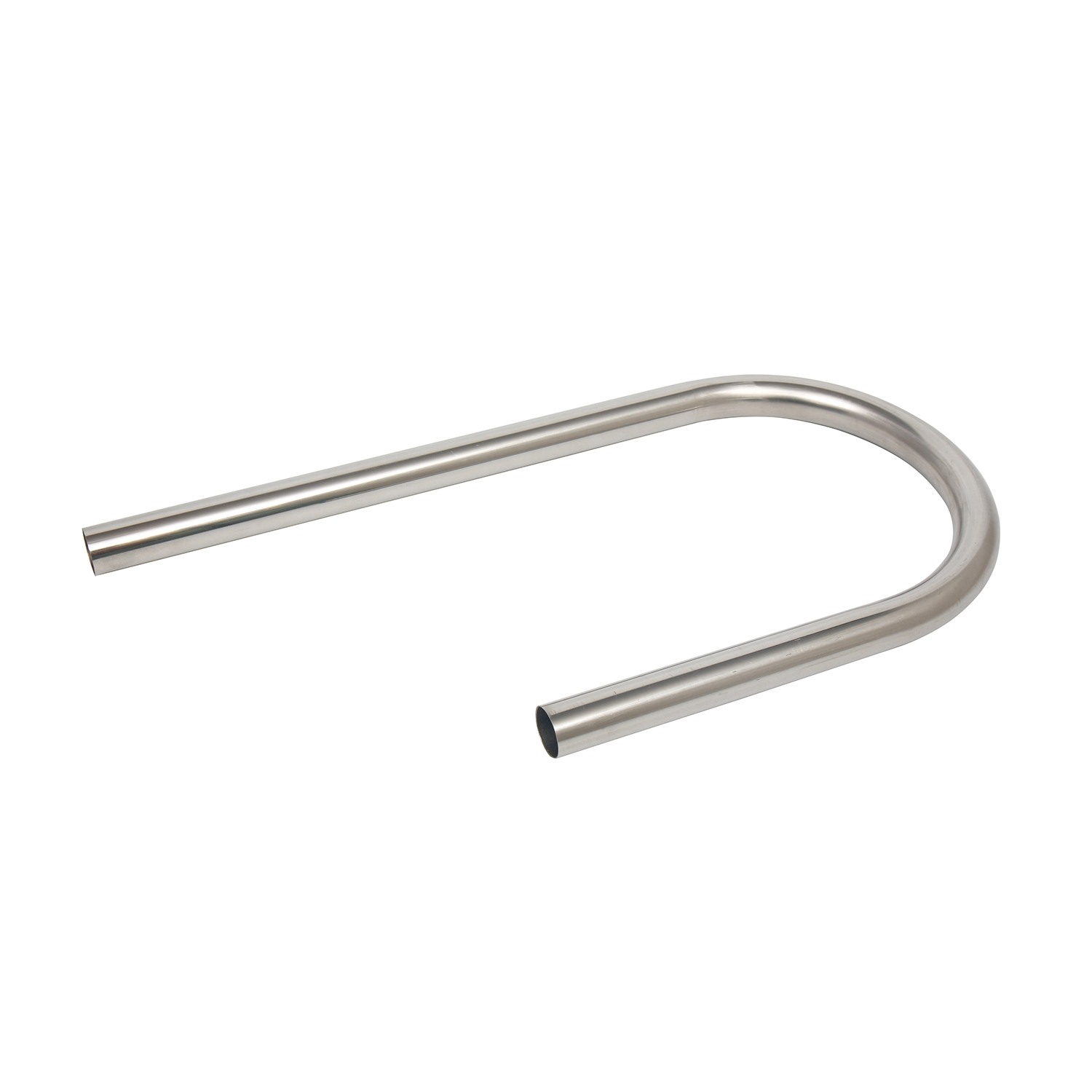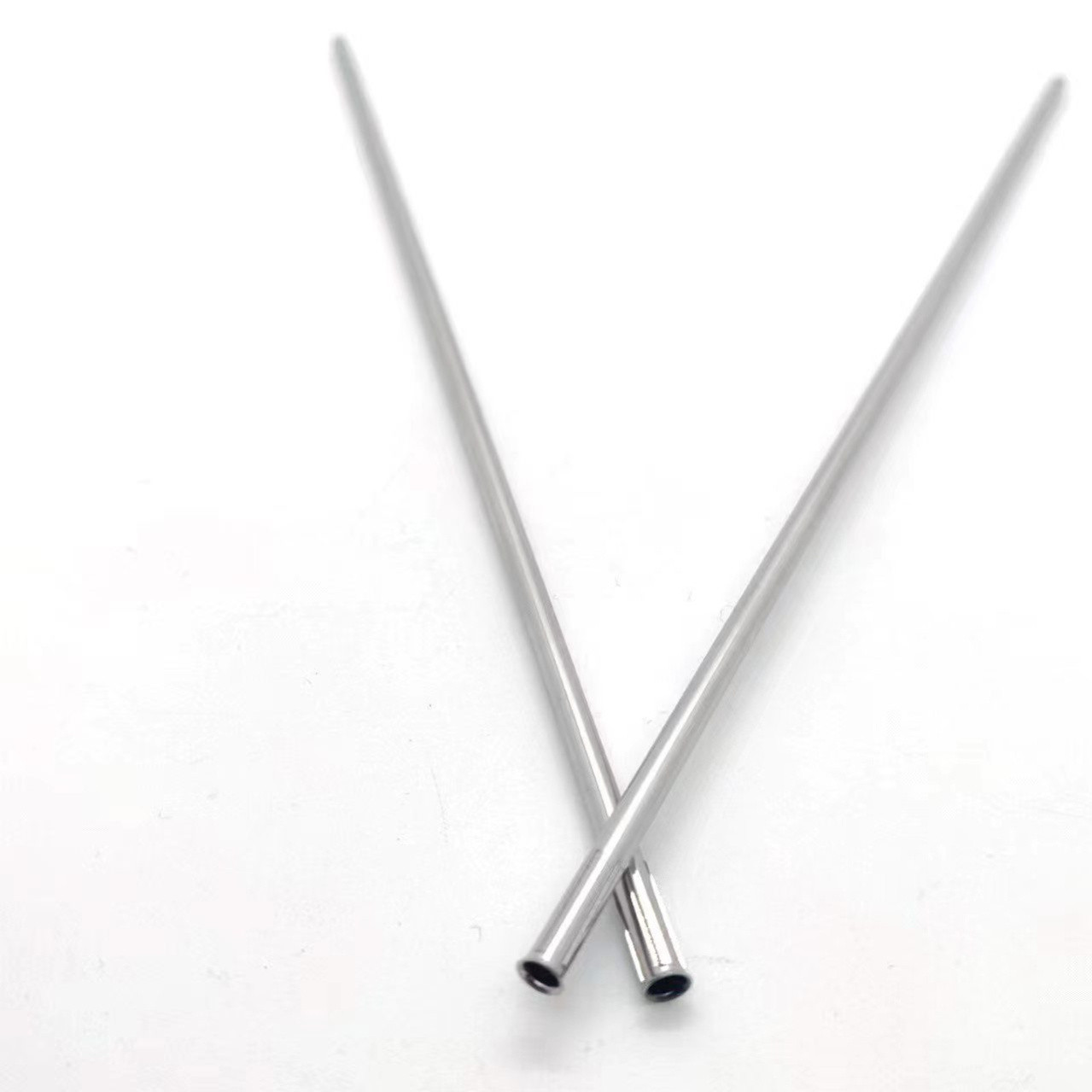Views: 0 Author: Site Editor Publish Time: 2025-06-23 Origin: Site










In today's world, access to clean, safe drinking water is a fundamental human need and a top priority for municipalities, industries, and households alike. A critical but often overlooked factor in ensuring water purity is the choice of piping material. From microscopic contaminants to chemical residues, water can pick up impurities at every stage of transport and treatment—unless the piping itself is made from materials that ward off corrosion, leaching, and bacterial growth. This is where stainless steel tubes come into play. Engineered to combine mechanical strength with chemical inertness, stainless steel tubes provide a reliable backbone for potable water systems, filtration units, and food-grade water lines.
No amount of advanced filtration or disinfection can fully compensate for contaminants introduced by inferior piping materials. Plastic pipes may off-gas or leach plasticizers, copper can release ions under acidic conditions, and carbon steel is prone to rust. When these materials degrade or react, they can compromise water taste, odor, and—even more critically—human health.
Stainless steel tubes, by contrast, have a proven track record of maintaining structural integrity and chemical purity over decades of service. Composed mainly of iron, chromium (at least 10.5%), and small amounts of nickel, molybdenum, and other elements, stainless steel forms a passive oxide layer on its surface. This microscopic “shield” prevents further corrosion, ensuring that the metal beneath remains untouched by the water it carries.
Because the tubing itself does not break down or react, stainless steel tubes deliver water exactly as it comes from the source or treatment process: clean, safe, and free of tubing-related contaminants. As we'll see, this characteristic underpins every advantage stainless steel brings to water treatment applications.

At the heart of stainless steel's appeal in water treatment is its non-toxic composition. Unlike plastics that can leach phthalates or bisphenol-A (BPA), stainless steel contains no organic additives that could migrate into the water. Even under aggressive chemical exposure—such as chlorination—stainless steel’s passive layer remains intact, preventing metal ions from leaching out.
Moreover, stainless steel is classified as food-grade material. Many grades—such as 304 and 316—meet strict criteria for contact with consumables. This means that stainless steel tubes used in water lines will never impart off-flavors or odors, nor will they introduce carcinogenic compounds. For municipalities, food processors, and beverage manufacturers, this non-reactivity is indispensable.
In practical terms, stainless steel tubes do not support chemical reactions that degrade water quality. Whether transporting high-chloride groundwater, treated municipal water, or processed liquids in a bottling plant, stainless steel tubes remain inert. This reliability translates to consistent water quality and fewer concerns about long-term material breakdown.
One of the greatest risks in any piping system is the leaching of internal substances into the conveyed fluid. Even trace amounts of leached compounds can accumulate in water storage tanks or distribution networks, leading to public health concerns and expensive remediation efforts.
Stainless steel's passive oxide film effectively eliminates this risk. Any attempt by aggressive chemicals—such as oxidizers, acids, or chlorides—to attack the metal surface is thwarted by this self-healing layer. If the oxide film is scratched or abraded, it instantaneously reforms, preserving the tube's protective characteristics.
By contrast, plastics can degrade under UV exposure or high temperatures, releasing microplastics or chemical stabilizers. Copper piping, while initially inert, can release copper ions under low-pH conditions, leading to gastrointestinal issues if concentrations exceed safe limits. Stainless steel tubes sidestep these problems entirely, guaranteeing that water remains uncontaminated from source to tap.
This chemical stability is especially critical in high-purity water applications, such as semiconductor rinse water, pharmaceutical process water, or lab-grade deionized water. In these settings, any leaching—even at parts-per-billion levels—can compromise end-product quality. Stainless steel tubes provide the peace of mind that water chemistry will not be altered en route.
The versatility of stainless steel tubes extends across a broad spectrum of water treatment and delivery scenarios:
Municipal Drinking Water Distribution
- Underground mains and service lines
- Pump station discharge piping
- Chlorination and post-treatment conveyance
Beverage and Food Processing
- CIP (Clean-in-Place) systems
- Bottling and filling lines
- Stainless steel sanitary tube with tri-clamp fittings
Pharmaceutical and Semiconductor Industries
- High-purity water distribution loops
- Demineralized water piping
- Ultra-clean process lines
Commercial and Residential Plumbing
- Point-of-use filtration systems
- Under-sink reverse osmosis modules
- Cold and hot water supply lines
Specialized Water Treatment Plants
- Desalination pre-treatment and post-treatment
- Membrane filtration skids
- Ozone and UV reactor piping
In each of these applications, the combination of mechanical strength, chemical inertness, and hygienic design makes stainless steel tubes the go-to option. For instance, in beverage plants, stainless steel tubing can be polished to mirror finishes, reducing bacterial adhesion and making washdowns more effective. In municipal systems, the robustness of stainless steel ensures long service life, minimizing excavation and replacement costs.

To be specified for water and food applications, piping materials must meet stringent certifications. Stainless steel tubes typically comply with:
NSF/ANSI 61: Drinking Water System Components - Health Effects
FDA Title 21 CFR: Food Contact Materials
WRAS (UK Water Regulations Advisory Scheme) approval
EN 10217-7: Steel tubes for water pipelines
PED 2014/68/EU: Pressure equipment directive, where applicable
These certifications require rigorous testing for leachable substances, microbial growth, mechanical strength under pressure, and compatibility with disinfectants. Stainless steel tubes routinely pass these tests with wide safety margins, giving engineers and specifiers confidence that their water systems will meet or exceed regulatory requirements.
Furthermore, major stainless steel tube manufacturers often maintain ISO 9001 quality management and ISO 14001 environmental management certifications, ensuring consistent production quality and sustainable manufacturing practices.
A key contributor to water purity is surface hygiene. Rough or porous surfaces can harbor biofilms, which protect bacteria from disinfectants and can lead to persistent microbial contamination. Stainless steel tubes, when properly finished, offer exceptionally smooth interior surfaces—often specified as 0.4 µm or finer Ra (surface roughness average).
This smoothness yields two main benefits:
Simplified Cleaning
- Clean-in-Place (CIP) solutions can flow smoothly, ensuring all internal surfaces are contacted and sanitized.
- No abrasive cleaning tools or harsh chemicals are required, reducing operational costs.
Reduced Bacterial Adhesion
- Without micro-crevices, bacteria find fewer footholds to establish biofilms.
- Disinfection protocols (chlorine, ozone, UV) are more effective on polished stainless surfaces.
For water treatment plants and food/beverage facilities alike, these hygienic properties translate into lower maintenance downtime and improved process reliability. In critical applications—such as ultrapure water for electronics manufacturing or sterile liquid foods—this can mean the difference between successful production runs and costly shutdowns.
From municipal distribution mains to the inner workings of a brewery's bottling line, stainless steel tubes have proven themselves indispensable in delivering clean, safe water. Their combination of non-toxic composition, resistance to leaching, vast application versatility, compliance with global hygiene standards, and hygienic surface finish sets them apart from alternative piping materials.
By investing in stainless steel tube infrastructure, water treatment operators and system designers gain:
Long-term durability that withstands corrosion, pressure, and temperature
Maintained water purity free from leached contaminants or biofilm-associated bacteria
Lower total cost of ownership due to reduced maintenance, fewer replacements, and compliance ease
Peace of mind that both human health and end-product quality are safeguarded
As global demand for safe drinking water continues to rise—and as industries push the boundaries of ultrapure and hygienic liquid handling—stainless steel tubes will remain the cornerstone of clean technology. By combining durability with chemical inertness and hygienic design, stainless steel truly delivers on its promise: marrying the best of durability and clean technology for water systems that communities and industries can rely on for decades to come.
